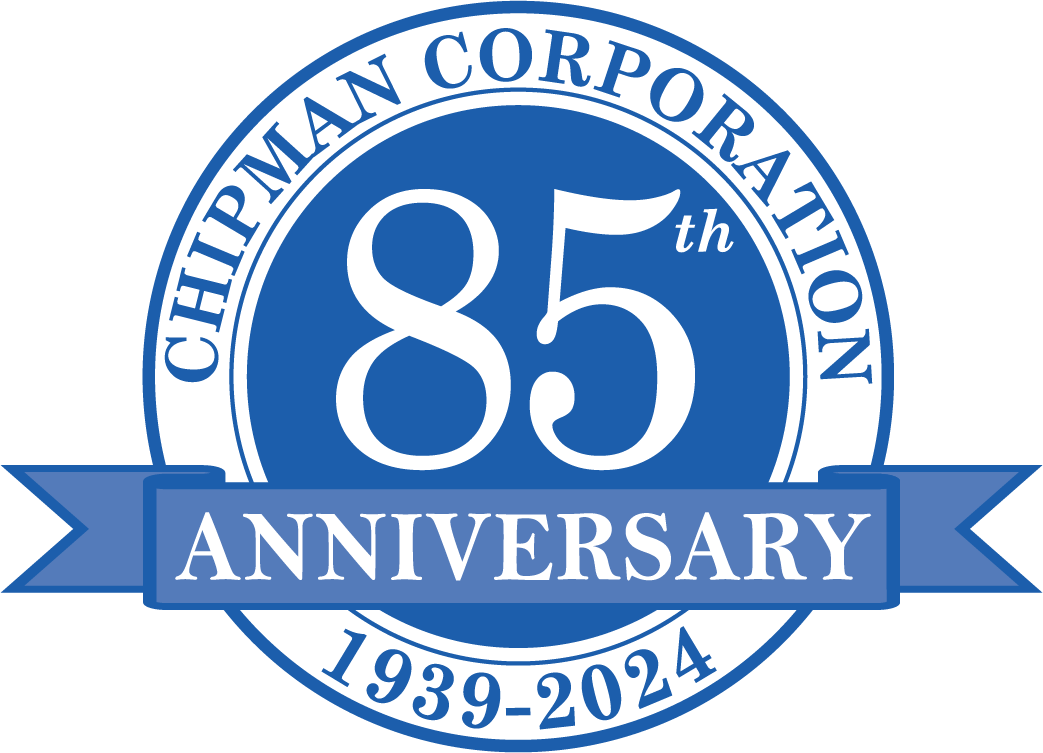Our team is standing by to assist you with a free move quote, help you through the process, or answer questions that you may have.
Request A Quote »
If you are new to LTL freight shipping, common terms used within the industry can send you searching for the meanings as you try to discuss shipping options with a carrier. Choosing between FTL and LTL freight shipping is difficult if you are not sure about the difference, or even know what the acronyms mean. What is LTL freight shipping?
Although freight carriers such as Chipman Relocation & Logistics will explain any LTL shipping terms you are unfamiliar with and assist you in selecting the best transport option for your freight requirements, you may want to have an understanding of the basic terminology and how LTL shipping works. To get you started, we've defined a few of the most common terms.
What is LTL Freight Shipping?
Less than a truck load (LTL) freight shipping is an economical way to transport freight weighing more than the typical 150 pound limit of parcel carriers, but less than a full a truck load (FTL). A full truck load generally ranges from 10,000-20,000 pounds, but it also depends on cargo dimensions.
LTL freight carriers consolidate shipments, so you only pay for the cost of shipping your cargo. LTL freight is more economical than FTL, and you may even find that the cost is less than a parcel carrier for shipments under 150 pounds.
What determines the cost of LTL freight shipping?
Unlike shipping a full truck load, in which costs are often based on a quoted rate per mile with fuel charges, LTL freight shipping costs are determined by various factors such as freight class, shipment origin and destination, carrier's base rate (can vary widely) and absolute minimum charge.
What is Freight Class?
Freight class is the designated group a commodity is placed in to help determine the cost of LTL shipping. The National Motor Freight Traffic Association (NMFTA) established the freight classification system to standardized pricing of LTL services for different types of freight based on an evaluation of density (weight and dimensions), handling (is it fragile/hazardous or easily handled during loading and unloading), stow-ability (is it combustible, of unusual dimensions, able to be stacked in a load) and liability (this considers probability of damage, theft or damage caused to other freight). The classification system includes 18 classes ranging from Class 50 to Class 500. Generally, the lower the class number, the lower the price.
What is CWT?
If a freight carrier gives you a quote on LTL services based on CWT, an acronym for centum weight or hundredweight, the rate quoted is per one hundred pounds. The CWT is based on freight class, origin and destination.
What is Liftgate Service?
A liftgate service is the use of a platform or hydraulic lift on the back of a truck/tractor-trailer to lift freight on or off of the truck bed or trailer. If a loading dock or forklift is not available, freight must be moved from or to ground level with the lift gate. An additional fee is typically charged for liftgate service.
What is a Bill of Lading (BOL)?
A Bill of Lading has multiple purposes. It is the receipt for your freight, a title of the goods, and a contract between the shipper (you) and carrier for transportation of that freight. This legally binding document required for shipment outlines delivery details and provides information used in invoicing.
With a basic understanding of these frequently used LTL freight shipping terms, you are ready to schedule your first shipment like a pro. In our next post we expand on the list with a few more common terms used in logistics, so check them out and save for future reference.
If you would like a quote on LTL freight shipping, please call Chipman Relocation & Logistics. As always, quotes are provided free of charge without obligation.

